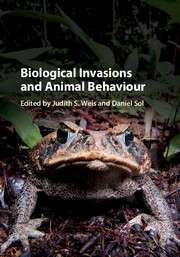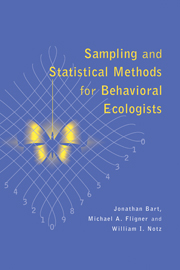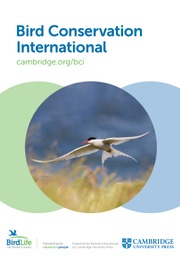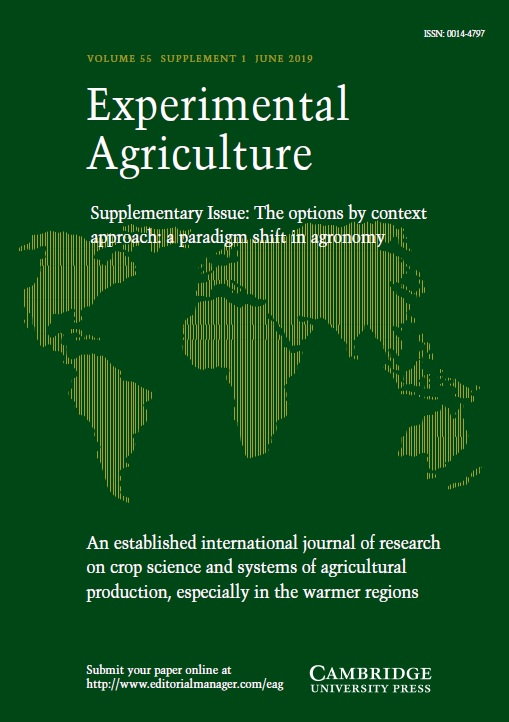Behavioral Approaches to Conservation in the Wild
Today's conservation literature emphasizes landscape ecology and population genetics without addressing the behavioral links that enable the long-term survival of populations. This book presents theoretical and practical arguments for considering behavior patterns in attempts to conserve biodiversity. It brings together prominent scientists and wildlife managers to address a number of issues, including the limits and potentials of behavioral research to conservation, the importance of behavioral variation as a component of biodiversity, and the use of animal behavior to solve conservation problems. Throughout, the text provides specific direction for research and management practices. The book is unique in its emphasis on conservation of wild populations as opposed to captive and reintroduced populations, where behavioral research has concentrated in the past.
- First book exclusively devoted to the interface between animal behavior and conservation
- A prominent array of contributing authors from a wide range of behavioral disciplines
- Of great relevance to conservation methods of the future
Reviews & endorsements
"This book promotes integration of behavioral knowledge into biodiversity conservation. The message of this book for bevavioral biologists...a rewarding career can be built around the study of applied problems. For conservation biologists, the message is that the more one knows about the organisms one is trying to protect, the greater the likelihood of success." William J. Cromartie, New Biological Books
"In the case studies, there are excellent examples of behavior research applied to protecting endangered species in the wild, along with interesting speculation on further applications of concepts and techniques. Among the most interesting contributions were those on light environments, light pollution, and bioaoustics." William J. Cromartie
Product details
January 1997Hardback
9780521580540
404 pages
235 × 158 × 26 mm
0.853kg
39 b/w illus. 8 tables
Available
Table of Contents
- List of contributors
- Preface
- General acknowledgments
- Part I. Problems and Issues:
- 1. Linking conservation and behavior Janine R. Clemmons and Richard Buchholz
- 2. Integrating behavior into conservation biology: potentials and limitations Steven R. Beissinger
- 3. Why hire a behaviorist into a conservation or management team? Peter Arcese, Lukas F. Keller and John R. Cary
- 4. Conservation, behavior and 99% of the world's biodiversity: is our ignorance really bliss? Hugh Dingle, Scott P. Carroll and Jenella E. Loye
- Part II. Conservation and the Four Levels of Behavioral Study:
- 5. Environmental stress, field endocrinology and conservation biology John C. Wingfield, Kathleen Hunt, Creagh Breuner, Kent Dunlap, Gene S. Fowler, Leonard Freed and Jaan Lepson
- 6. Conservation and the ontogeny of behavior Ian G. McLean
- 7. Hatching asynchrony in parrots: boon or bane for sustainable use? Scott H. Stoleson and Steven R. Beissinger
- 8. Behavioral variation: a valuable but neglected biodiversity Richard Buchholz and Janine R. Clemmons
- Part III. Examples and Case Studies:
- 9. Bioacoustics as a tool in conservation studies Luis F. Baptista and Sandra L. L. Gaunt
- 10. Mating systems, effective population size and conservation of natural populations Patricia G. Parker and Thomas A. Waite
- 11. The importance of social behavior studies for conservation Jan Komdeur and Charlotte Deerenberg
- 12. Linking environmental toxicology, ethology and conservation Edmund H. Smith and Dennis T. Logan
- 13. The problem of photopollution for sea turtles and other nocturnal animals Blair E. Witherington
- 14. Light, behavior and conservation of forest-dwelling organisms John A. Endler
- 15. On becoming a conservation biologist: autobiography and advice Katherine Ralls
- Author acknowledgments
- Index.








